I was extremely lucky to get one of the first Nikon Z9 cameras into New Zealand and received it on Christmas Eve 2021. Over the past 8+ months I have used it intensively, predominantly for bird photography. This has largely been with the Nikkor Z 100-400mm f4.5-5.6 VR S and the Nikkor 500mm f5.6PF with FTZii. More recently I have also used the Nikkor Z 800mm f6.3 VR S, having had a brief opportunity to use a pre-release copy in December and January while involved in the promotional shoot for Nikon.
I have written previously on DSLR vs Mirrorless and how I overwhelmingly favoured a DSLR with optical viewfinder (OVF) over a mirrorless body with an electronic viewfinder (EVF). The Nikon Z9 has changed that with a viewfinder that is a quantum leap forward. It is still lower resolution than an OVF but the continuous smooth view uninterrupted by mirror blackout makes tracking birds in flight significantly easier, especially small erratic birds like swallows. This, combined with the 20 fps RAW capture and tenacious AF tracking has helped me achieve some interesting sequences of swallows in flight. I have plenty of swallows in flight photographed with DSLRs but hit rate was significantly lower as, due to the less capable AF and lower frame rate, fewer images in a sequence showed a good focus, pose or behaviour.
Another advantage of the EVF is live exposure preview with histogram. I didn’t find it an issue to take a test shot and review with DSLRs but having used the Z9 now for over 6 months I miss this when shooting my D500. Being able to preview images on the EVF without needing to put on my glasses is another advantage.
For birds in flight, the AF is a good step forward, provided they are relatively large in frame when the eye AF is incredible. Achieving initial focus can be frustrating if the bird is smaller in frame compared to a Nikon DSLR where Group AF would happy latch onto a small bird flying against a bare sky.
Eye AF is also very useful for birds on water, bobbing up and down. It is far easier to maintain focus on the important part of the subject. I thinks it’s fair to say that this image of a NZ Dabchick family selected as a finalist for NZ Geographic Photography of the Year is in no small part thanks to the Nikon Z9 eye AF. The birds were moving with the waves and keeping them centred in the viewfinder at 850mm focal length was impossible. Eye AF followed them perfectly and this composition is relatively decentred in the captured frame but still sharply focussed on their eyes. If you like this image I would appreciate your vote for it for People’s Choice.
The biggest AF frustration for me has been with perched birds when the camera has seemed to prefer peering through the foliage to lock onto a distant background. The Wide Area AF modes have a close focus priority which is clearly visible if if you move the focus area over an inclined plane where the closest part is prioritised. With a more complex scene it seems that contrast overwhelms closest subject priority and the focus jumps to the distance. Trying to force it back is not as simple as with DSLR Group AF where just pumping AF-On would achieve the result. The mirrorless camera just hangs on the background, seemingly saying “the background is in focus, what’s your problem?” Manual override or moving to focus on the base of the perch will pull it back but wastes time and for snap shooting busy small birds results in many lost opportunities. With Z series lenses with programmable function buttons on the lens, setting the focus recall lets you lock in a focus distance that can be quickly recalled if the lens locks onto the background.
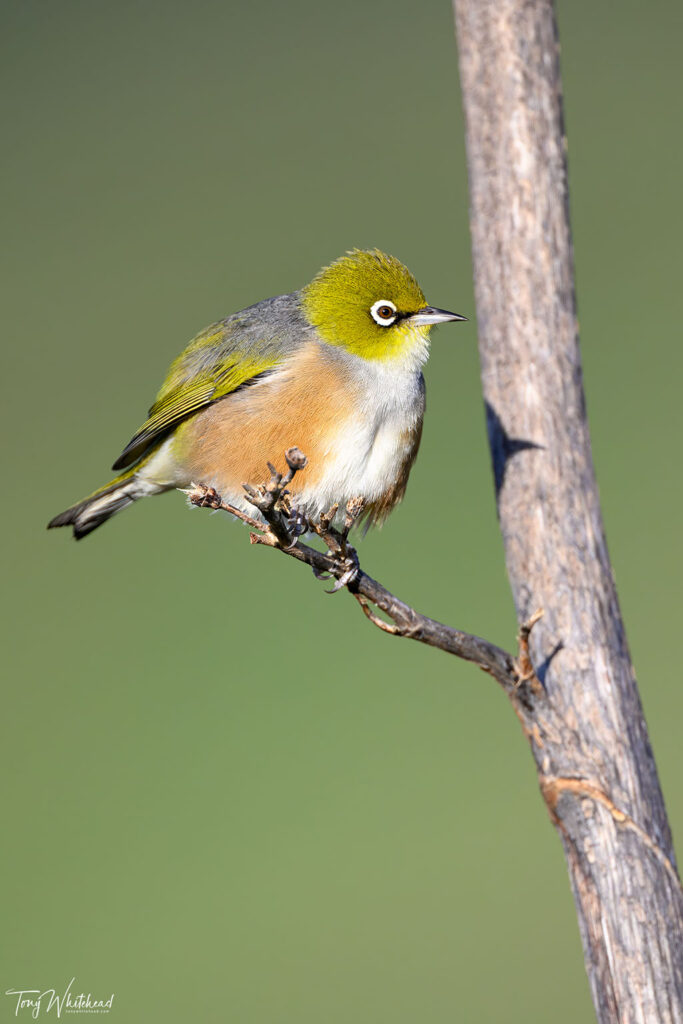
Optimistically firmware updates seem to be improving this. Firmware version 2 was a small step forward but version 2.1 leaves me cautiously hopeful after a trip recently where Silvereyes on flax seemed a lot easier than similar subjects have been with little drift to the background.
The Nikon Z9 is definitely a more complex beast than the DSLRs I have been used to. From a focus perspective, I had my DSLRs set up with 2 focus modes as outlined previously. There is nothing quite comparable on the Z9 and to make the most of it the setup needs changing for various use cases. There is not one “birds in flight AF” setup and one “perched birds AF” that is best. I find Wide Area with animal eye priority best for birds in flight and have this programmed to my Af-On button, but the size of the AF area needs to be adapted to the subject – most versatile is wide area (large) but at times small or Custom 1 (which I set to larger than large) is better. Fortunately this is quite quickly adjustable through the info menu. I have Fn 1 and Fn 3 set to change to focus mode 3D AF so that I track a focussed object around the frame by activating this with my middle finger whether in landscape or portrait orientation. I have the centre button of my joysticks set to single point or dynamic area (small) and AF on which can be very useful in certain circumstances to pick out a small subject within a tangle of vegetation. I haven’t quite settled on my final set-up yet and even experimented for a while with 3D on the shutter button which worked well in some situations but not all. I am so used to having focus and shutter as separate functions that I have not pursued it further. My thumb is wired for focus and index for shutter so it happens unconsciously and is hard to retrain. My middle finger is now learning to automatically engage 3D when required.
This current setup is closest to how I have my DSLRs set up – giving a birds in flight option with AF on and a perched birds in busy environments option on the joystick. I don’t move my focus points around the frame as being a left eye shooter if I have the D-pad active my nose moves the focus points when shooting which is just annoying.
Battery life was something that initially worried me compared to a DSLR as my D850 with grip would last days if needed. Initial busy sessions at Muriwai would blow through 2/3 of charge in a few hours which seemed a lot. I have since had some very long days with pelagic sessions racking well over 10 000 images and never a hint of running low. My spare battery has never been needed. USB charging is another benefit as I have been able to travel without taking a camera battery charger, using a USB charger to recharge the Z9 and Z7 which each need a different battery charger.
Another benefit to come with firmware updates has been the Recall Settings option. I quite often play with pan blurs and it is always a mission to individually push down ISO, shutter speed and aperture to set the camera up for this and then backtrack to shoot sharp images again. By programming this setting to my Video Record (red dot) button to recall base ISO 64 1/60s f11, a single button press has me at a great starting point for pan blurs . With another press of the button I’m back to my setup for high shutter speed sharp birds in flight.


Minor frustrations I am awaiting a solution for include High Efficiency(HE) RAW files not being supported yet by DxO PureRAW. My high ISO workflow has changed to make this indispensable and as such requires export of an edited RAW as a DNG to enable DxO demosaicing. Abdobe does as good a job as it has ever done with lower ISO images but DxO PureRAW with DeepPRIME is so much better that it has opened up much higher ISO values as routinely usable. The round tripping and hangups when reimporting demosaiced DNGs is a nuisance compared to when working with D500 file which can be processed directly. It would be possible to simply shoot lossless compressed RAW but at 2-3 times the file size of the HE*, I prefer the greater capacity on my cards and drives.
Suggestions are that the delay has been related to the fact that the HE format is built around TICO-raw patented by intoPIX and the Software Development Kit (SDK) has only been available for use with Intel processors. As of 9 September 2022 the SDK supports Apple ARM so hopefully a solution is now on the horizon.
I haven’t included Pre Release Capture in this discussion. This was introduced with Firmware 2.0 and is a useful tool in certain circumstances. What still hobbles it is that it is jpg only. I do not understand why and can see no reason why it should not support RAW capture in future firmware updates. Until then it is something I use very sparingly as jpg files are so much more limited in their capacity for post processing than RAW files. Correctly exposed in camera they can be very good but even at their best lag behind what is achievable with a well exposed and then processed RAW image. I am doing a bit of work on this and will write a post on it in due course.
Z9 Benefits
- Continuous view viewfinder with exposure preview and live histogram.
- EVF image review avoiding the need to juggle with spectacles.
- Frame rate
- Practically limitless buffer with CF Express cards
- Silent shooting
- AF tracking for birds in flight if large in frame,
- Eye tracking for birds bobbing on water, feeding on mudflats
- Recall settings function
- USB charging
- Smaller size and weight (especially with Z mount lenses)
Z9 Drawbacks
- Cost,
- Availability
- Close focus priority for birds on perch
- Battery life (less than DSLR but not limiting in practice)
- HE RAW not yet supported by most RAW processors
- You need an up to date computer to efficient work through the large volumes of high res files
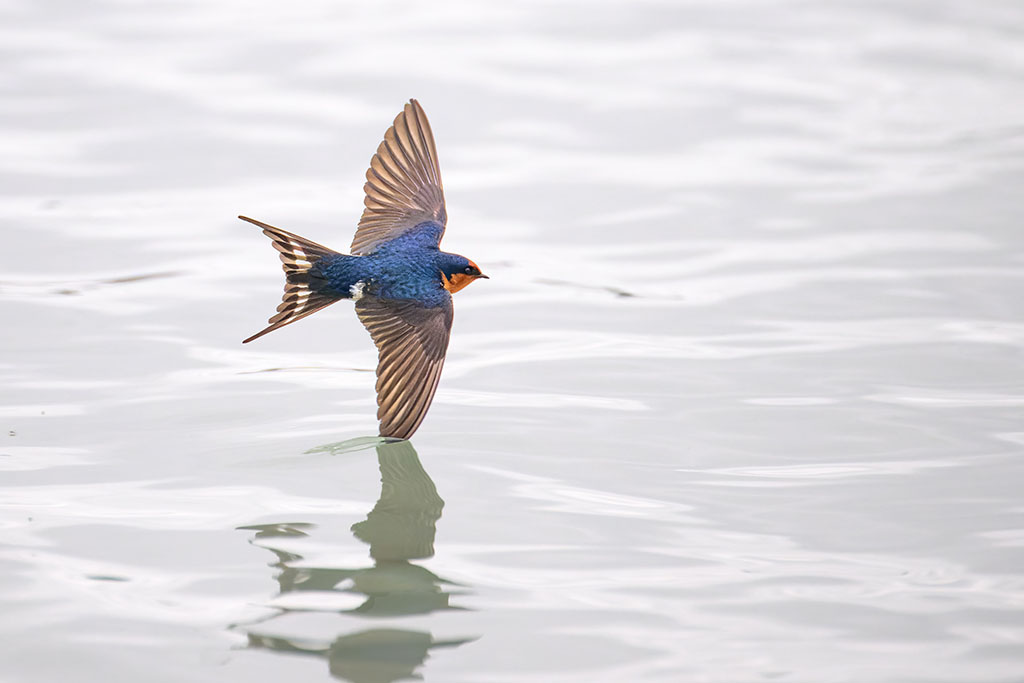
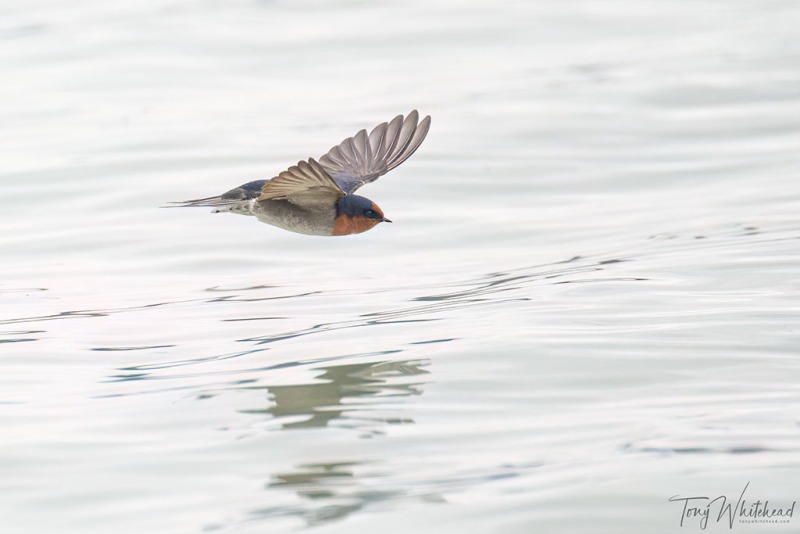
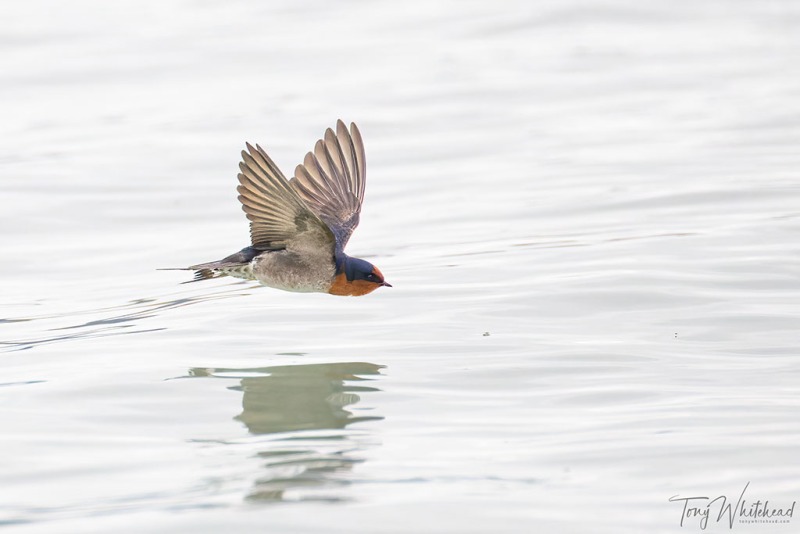
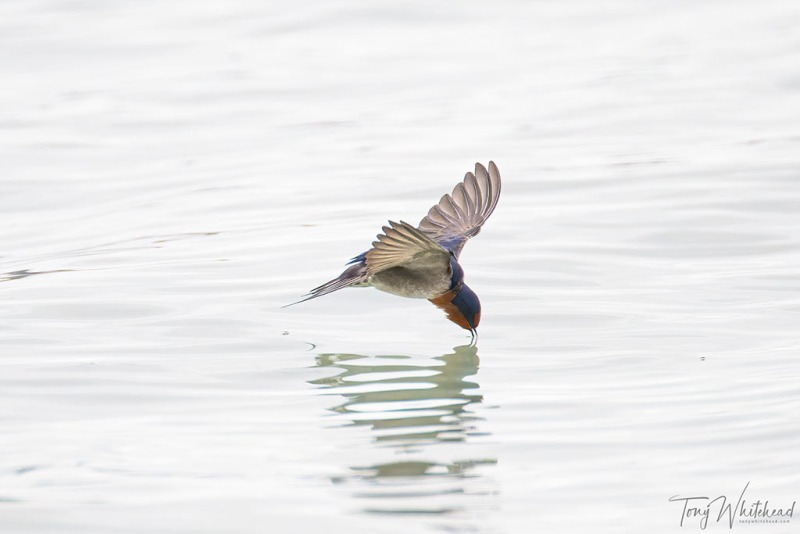
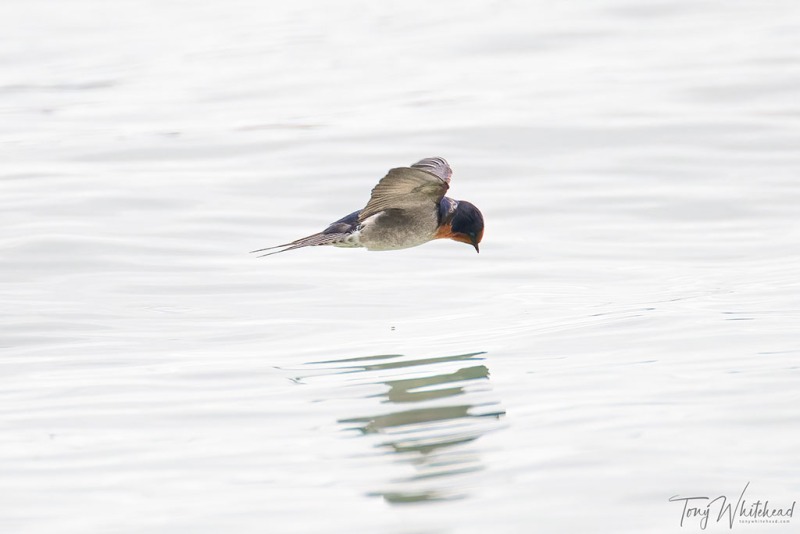
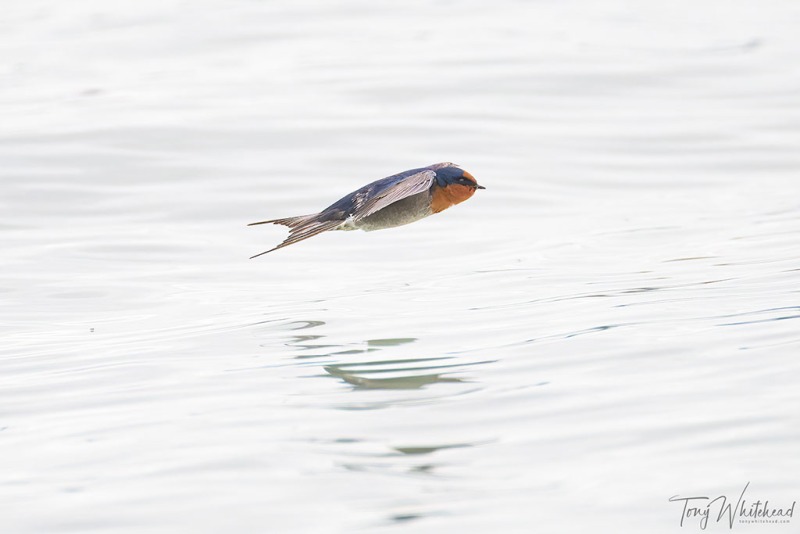
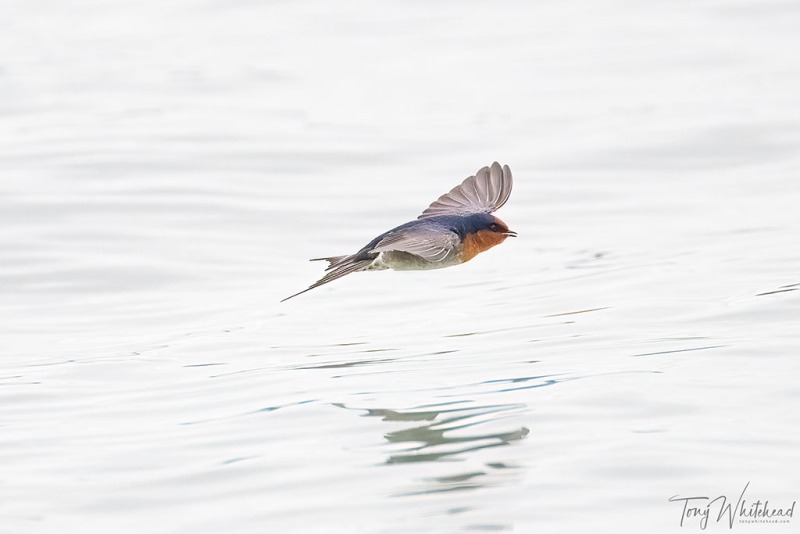
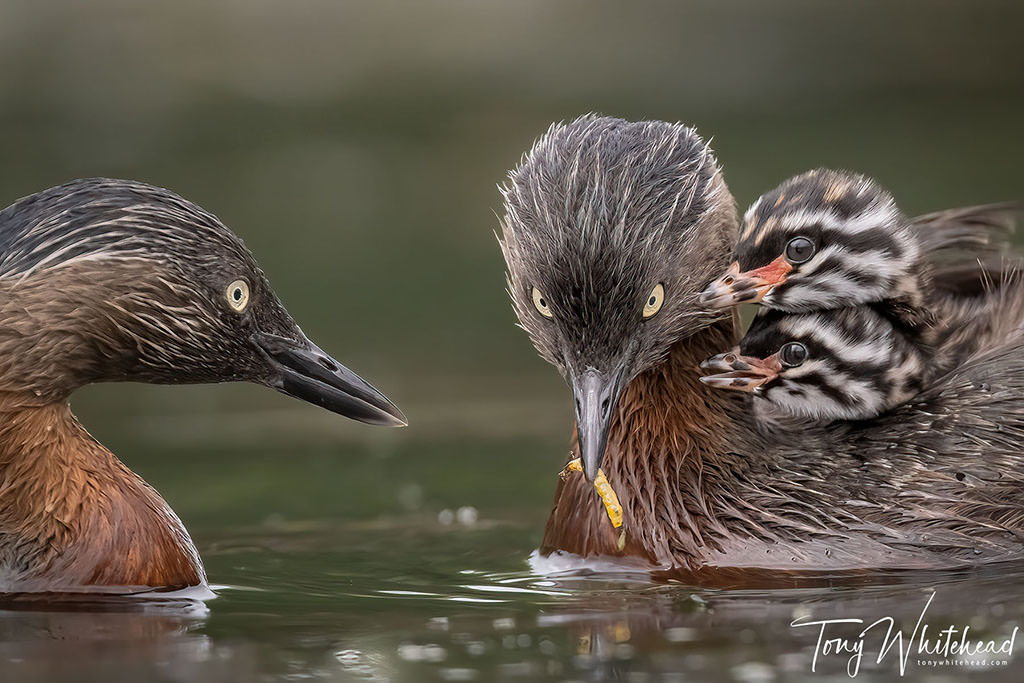
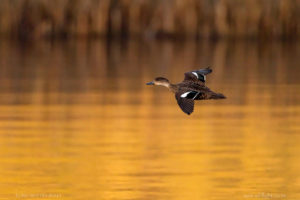
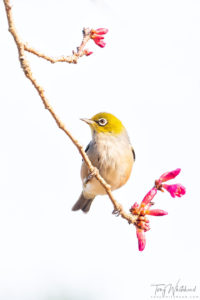
Ern
4 Oct 2022The AF on small perched birds can be pretty woeful on my Sony A1 and A9 too, so instead of a complete shift to Sony I’ve kept my D500.
The A9 would leap to the far distance while the A1 confirms focus but the bird is blurry.
The local Sony/Nikon/Canon service agent says that the small on-chip AF sensors get ‘confused’. They are of course only line-type PD sensors with contrast-detect calculations used to fine-tune the focus. That works better with good light, contrast and/or a moving subject.
tony
4 Oct 2022Thanks for your insights, Ern. From what I’ve read it is more of a mirrorless issue than a Nikon issue. I have also kept my D500 and still love using it.